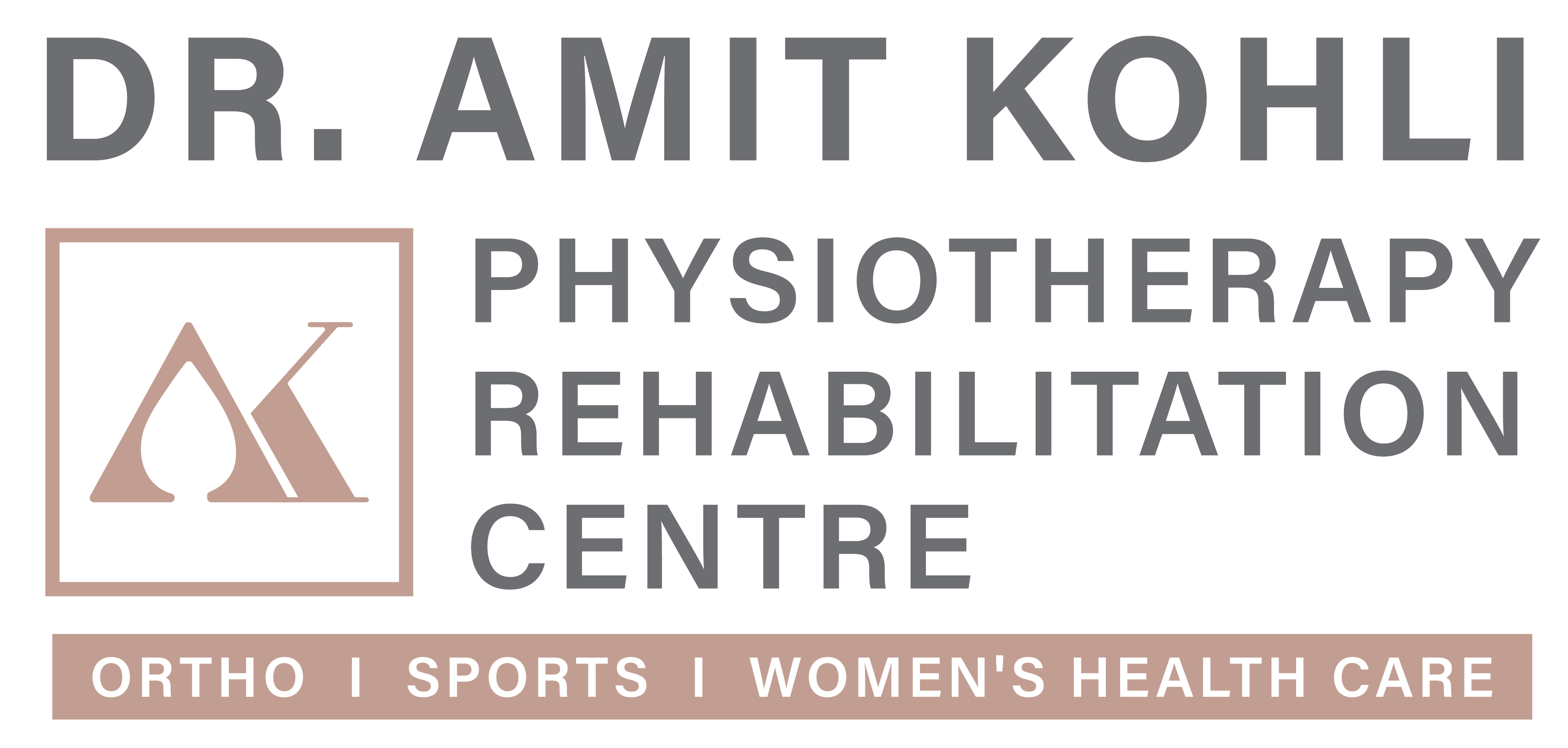The Importance of Physiotherapy Post-Chikungunya
Chikungunya is a viral disease that causes high fever and intense joint pain, which can last for weeks or even months after the infection has gone. While the fever typically subsides, many people continue to experience debilitating body pain, muscle weakness, and joint stiffness. This is where physiotherapy becomes crucial in helping individuals recover and regain mobility.
Post-Chikungunya Challenges
After the acute phase of chikungunya, people often face:
- Persistent joint pain (especially in the wrists, knees, and ankles)
- Muscle weakness from prolonged inactivity
- Stiffness and reduced range of motion in affected joints
- Fatigue and lack of energy, making daily activities difficult
These issues can severely impact mobility and the ability to perform everyday tasks.
How Physiotherapy Helps Post-Chikungunya
Physiotherapy is key to managing and reducing the lingering effects of chikungunya. Here’s how it helps:
1. Pain Relief and Reduced Inflammation
Physiotherapists use various techniques like heat and cold therapy, ultrasound, and manual therapy to relieve pain and reduce inflammation in affected joints and muscles.
2. Restoring Joint Mobility
Physiotherapists guide you through gentle stretching and joint mobilizations to restore the range of motion in stiff joints, helping you move more easily and comfortably.
3. Strengthening Muscles
After prolonged inactivity, muscles can weaken. Physiotherapy involves strengthening exercises that help rebuild muscle strength, improve balance, and restore function.
4. Improving Posture and Reducing Fatigue
Physiotherapists teach you energy conservation techniques and help correct poor posture that may have developed during illness, ensuring a smoother, more efficient recovery.
The Benefits of Physiotherapy
- Pain management without relying on medication
- Improved mobility, allowing you to return to your daily activities
- Faster recovery, reducing the risk of long-term discomfort or disability
- Stronger muscles and joints, preventing future injuries
When to Seek Physiotherapy
If you are still experiencing joint pain, muscle weakness, or difficulty moving after chikungunya, it’s time to consult a physiotherapist. Early intervention can help speed up recovery, reduce pain, and restore your quality of life.
Conclusion
Physiotherapy is an effective treatment for those recovering from chikungunya. By addressing pain, improving mobility, and strengthening muscles, physiotherapy helps individuals regain their independence and return to a more active lifestyle. If you’re struggling with post-chikungunya symptoms, physiotherapy is a vital step toward recovery and better mobility.

